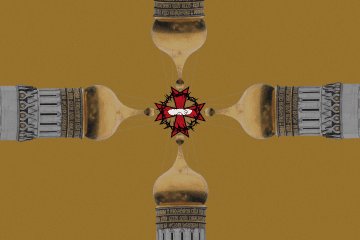- Category
- World
Iran’s Nuclear Enrichment Boom Hands Putin Global Strategic Leverage
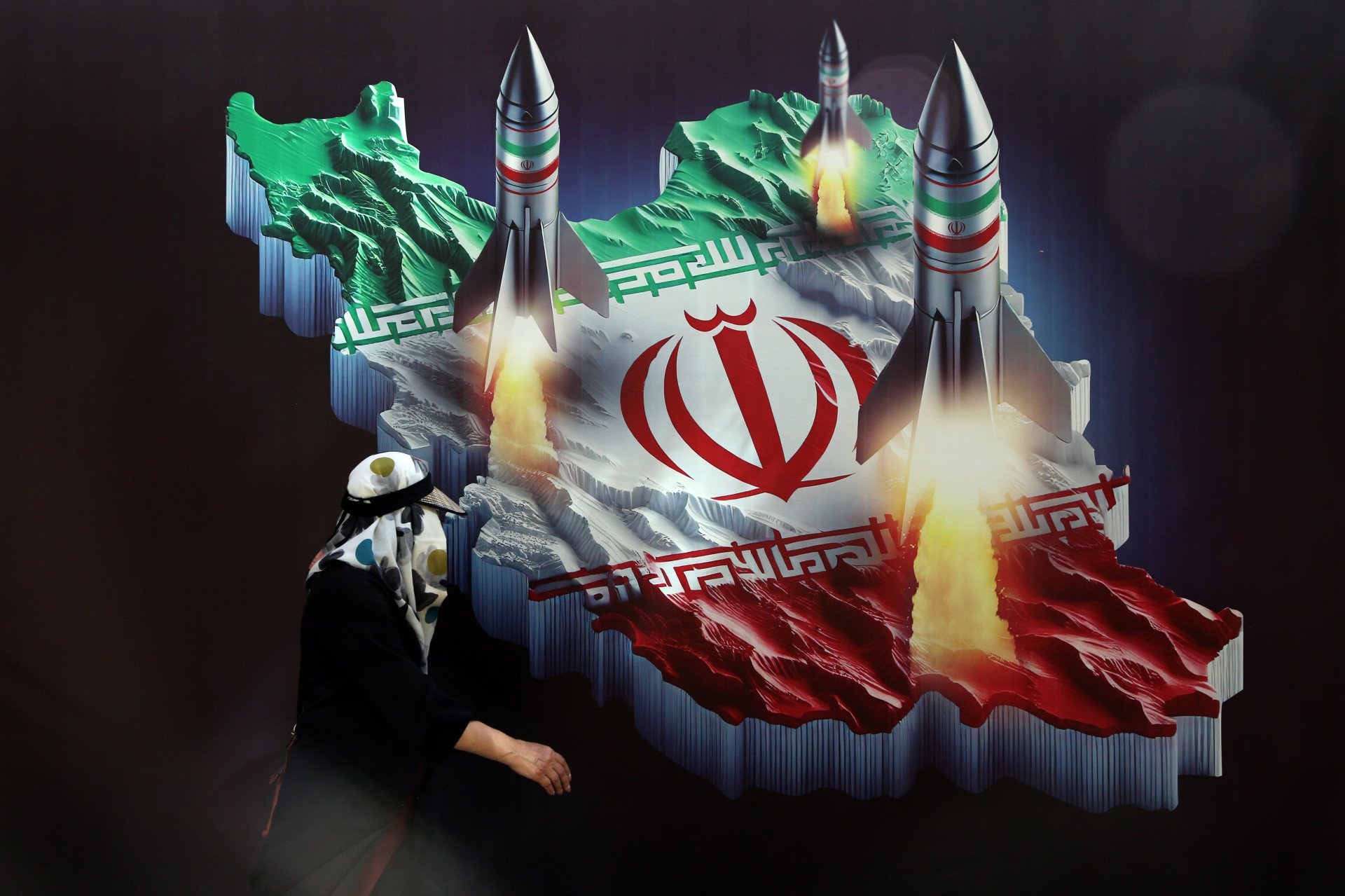
How close is Iran to a nuclear weapon? With Moscow covertly backing Tehran’s uranium buildup, it seems ready to reap the benefits of the chaos that may follow.
Israel launched a large-scale airstrike on the night of June 12-13 against dozens of Iran’s nuclear and military facilities. The attack killed several senior Islamic Revolutionary Guard Corps (IRGC) commanders and Iranian nuclear scientists.
Iran’s leader, Ayatollah Ali Khamenei, vowed revenge. “With this crime, the Zionist regime has prepared for itself a bitter, painful fate, which it will definitely see,” he said.
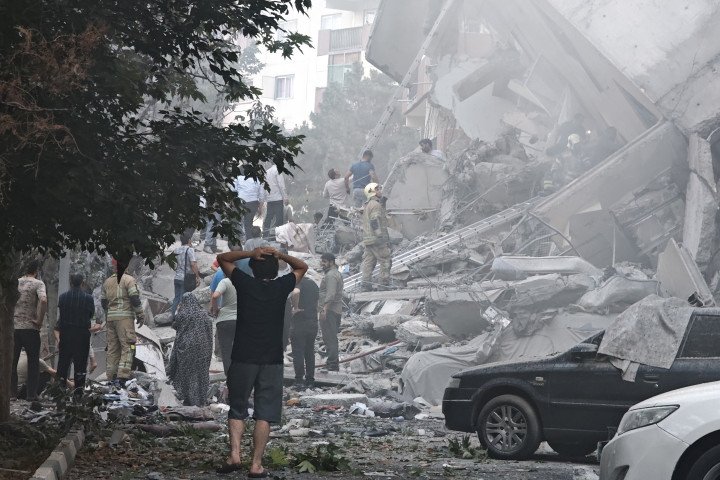
“Nuclear facilities must never be attacked, regardless of the context or circumstances, as it could harm both people and the environment,” said the International Atomic Energy Agency (IAEA) Director General Rafael Mariano Grossi.
The IAEA does not have any proof of a systematic effort by Iran to move towards a nuclear weapon, Grossi said. While Iran doesn’t have an official nuclear weapons development program, the US and nuclear experts warn: Iran is progressing towards this stage due to an increased stockpile of uranium.
We wrote earlier that Iran is already secretly expanding its missile development program at two sites allegedly linked to nuclear warhead production.
The first site has been publicly framed as part of Iran’s satellite program, though analysts widely view it as a front for covert weapons development. The second, a site for a space launch vehicle, however, satellite imagery indicates significant underground construction, raising concerns about its potential military applications.
Iran’s uranium is almost nuclear weapon-ready
Uranium, the key ingredient in most nuclear weapons, must be enriched before it can be used—either as fuel for nuclear energy or, at much higher concentrations, in a bomb.
While uranium can be used in peaceful nuclear power, Iran’s swiftly growing uranium enrichment program has raised concerns. The US has called for Tehran to “stop and eliminate” its nuclear enrichment programme as Iran’s “enriched uranium stockpile is at its highest levels and is unprecedented for a state without nuclear weapons,” Tulsi Gabbard, US director of national intelligence, said.
Iran’s nuclear program has reached the point at which Iran might be able to enrich enough uranium for five fission weapons within about one week and enough for eight weapons in less than two weeks.
Since 2021, Iran has denied IAEA access to recorded data from centrifuge production plants, where uranium is enriched into uranium-235—the isotope used in most nuclear weapons. Since then, Iran holds uranium enriched to 60%, which is more than 90% of the work needed to bring natural uranium to weapons-grade uranium, Iran Watch reported.
Iran forced the IAEA to remove monitoring equipment from such plants in June 2022 as well as from uranium enrichment and uranium concentrate (yellowcake) production facilities, Iran Watch reported.
The Fardow enrichment facility, Iran’s secret nuclear site
The various nuclear and military sites that Israel reportedly struck on June 12-13 are:
The Natanz and Fordow uranium enrichment facilities
The Arak heavy water reactor complex
The Isfahan Nuclear Technology Center
The Parchin military complex
The headquarters of the Islamic Revolutionary Guard Corps (IRGC) and the Atomic Energy Organization of Iran (AEOI), as well as multiple other targets in or near Tehran
Several military installations across the country, likely including IRGC missile bases near Tabriz and Kermanshah

The Fordow nuclear site is Iran’s largest enrichment facility. While reports surface of the site being struck, the plant itself is built deep under a mountain and around 54,000 square feet in size according to the Centre for Strategic and International Studies (CSIS).
Only the air defense systems and some overground facilities surrounding the site were impacted. The IAEA said that the underground facilities were not affected and continue to be fully operational.
Iran built the Fardow plant in 2000 after agreeing to close its nuclear enrichment program earlier in the same year. Iran Watch reported that Fardow began operating in 2011.
Iran only confirmed its existence after Western intelligence released information about it. In 2015, Iran again agreed to stop enriching uranium at Fardow due to a deal made with the US. In 2018, the US withdrew from the deal, and Iran resumed.
Iran said in 2019 it would only enrich uranium at Fardow to a maximum of 20%, but in 2023, the IAEA found more than 83% enriched uranium, close to a nuclear weapons level.
If Iran makes nuclear weapons, it could do so at secret sites..Iran has used such sites to carry out illicit activity in the past and they continue to pose a nuclear weapon risk.
Iran Watch
Just like the Fardow site, which was long kept a secret. However, Iran’s uranium would only pose a threat if it had all the parts needed to make a working weapon.
Russia aiding Iran’s nuclear program
While experts debate the scale of Iran’s nuclear threat, the country maintains a strong alliance with Russia, the world’s largest nuclear weapons state, holding over 5,500 confirmed warheads, according to the International Campaign to Abolish Nuclear Weapons (ICAN).
In recent years, positioned as civilian aid, Russia has accelerated Iran’s nuclear capabilities, technically bringing it closer to a weapons-grade threshold.
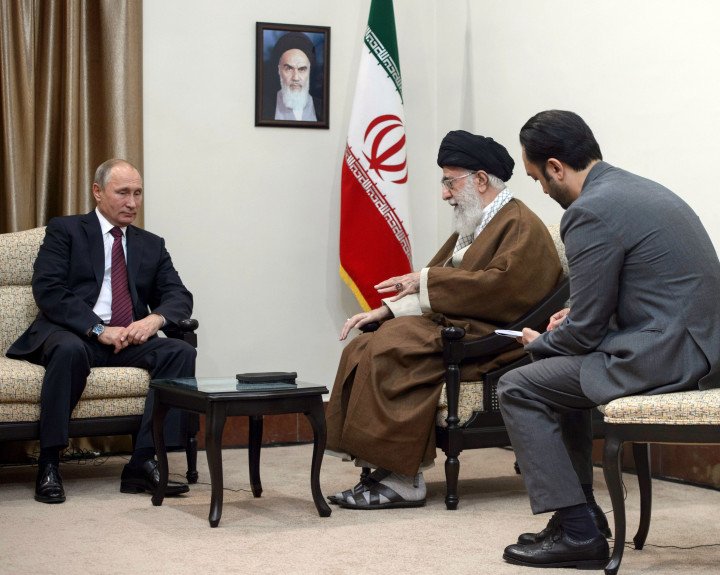
As we wrote earlier, Russia has already been providing Iran with nuclear scientific support, engaging in covert meetings to further Iran’s expertise. Iranian scientists have visited Russian nuclear laboratories, and Russian scientists have directly contributed by developing a detonator and high explosive for its nuclear program.
In Israel and Iran’s current conflict, Russia said it’s ready to act as a mediator, and remove Iran’s enriched uranium and convert it into civilian reactor fuel.
Russia and Iran signed a Strategic Partnership Treaty in January 2025, committing the nations to nuclear cooperation, including nuclear energy exchange, technology support, and information sharing. The alliance is reshaping power dynamics in the Middle East, fuelling Russia’s war in Ukraine, and escalating global security tensions.
A cornerstone of this cooperation is the Bushehr Nuclear Power Plant, constructed by Russia in 2011 and operated jointly with Rosatom, Russia’s state-owned nuclear entity. Bushehr symbolized a revival of Russia’s nuclear industry post-Soviet collapse and the Chernobyl disaster , involving over 300 Russian firms and research institutes, according to Stimson .
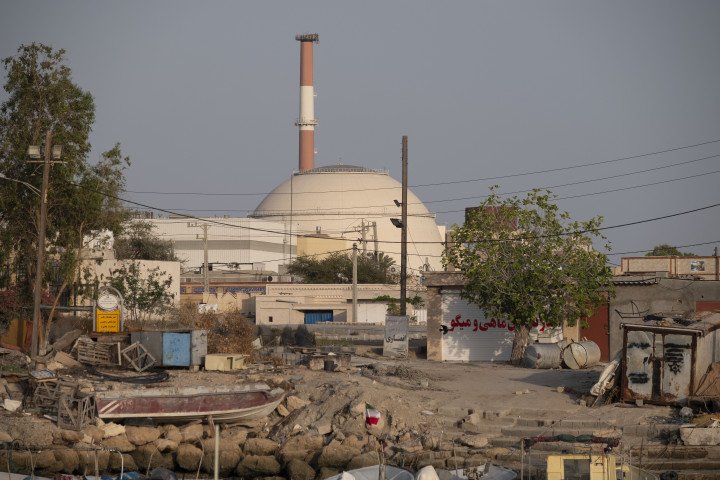
Despite sanctions on some Rosatom officials, the entity itself remains unsanctioned and controls 38% of the world's uranium conversion and 46% of uranium enrichment, according to Stimson.
Iran’s Atomic Energy Organization (AEOI) confirmed on June 9, 2025, that Russia has committed to building eight more nuclear power plants in the country.
Following Russia’s full-scale invasion of Ukraine, military cooperation between Moscow and Tehran has surged. In exchange for nuclear support, Iran has supplied Russia with drones, missiles, and other weaponry, becoming a key enabler of Russia’s direct attacks on Ukrainian infrastructure.
The two nations now jointly reverse-engineer weapons, engage in dual-use technology procurement schemes, and manufacture Iranian-designed Shahed-136 drones inside Russia. These drones, renamed Geran-2, are produced at a new facility in the Alabuga Special Economic Zone in Tatarstan.
This partnership is mutually strategic. Russia secures access to low-cost drones, while Iran gains advanced military technologies and direct collaboration with one of the world’s leading nuclear powers.
How Russia can use Iran as global leverage
“As the Ukraine war continues and new flashpoints emerge in the Middle East and beyond, this alliance must be seen not as an anomaly, but as a warning sign”, Geopolitical Monitor said.
Russia is likely to avoid allowing Iran to go completely nuclear in order to keep leverage over Tehran, said Hanna Notte, the director of Nuclear Experts at the Eurasia Nonproliferation Program.
“Russia stands to gain some advantages from a protracted war between Iran and Israel”, Notte said, adding that Iran “presents a rare opportunity for Putin to return to the stage of great-power diplomacy by negotiating an issue of global consequence.”
While Moscow suggests that it’s ready to act as a mediator between Israel, Iran, and the US by storing Iran’s uranium, Russia’s leader, Vladimir Putin, persistently threatens the West with nuclear retaliation.
The most recent came in early June 2025, when Putin threatened to respond after Ukraine conducted a successful operation, Spiderweb, against Russia’s strategic bomber fleet. Russia has repeatedly threatened Ukraine’s Allies with nuclear attack to blackmail and deter further military support for Ukraine.
Should the US accept Russia’s offer as a mediator and hold Iran’s uranium, this would further bolster the world’s largest nuclear weapons state.
-46f6afa2f66d31ff3df8ea1a8f5524ec.jpg)
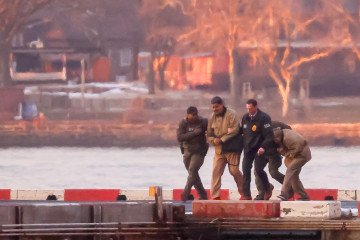
-29a1a43aba23f9bb779a1ac8b98d2121.jpeg)
-c9be02aad2c169e14ebc2a41d0ba02dc.jpg)
-605be766de04ba3d21b67fb76a76786a.jpg)
-56e0bfa71829348120777fba0ad5ba46.png)

